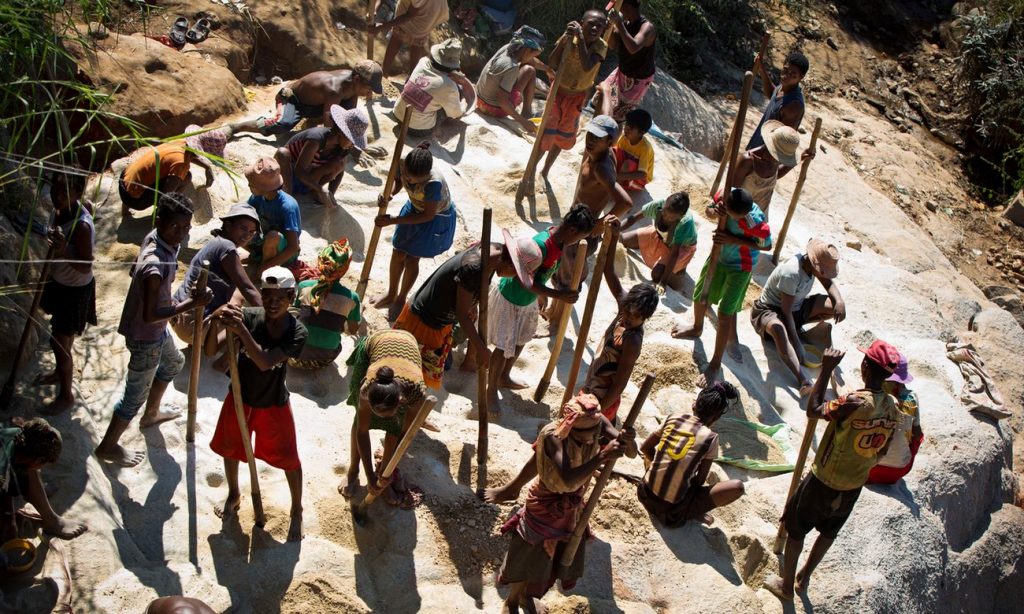The Maputo Protocol, adopted by the African Union in 2003, was expected to transform the landscape for women’s rights on the continent. Its aim was to set standards and create positive change across a range of areas including violence against women, child marriage, land rights and harmful practices.

But 14 years and 37 ratifications later there’s a great deal that remains undone.
This is largely because African states have tried to escape their responsibilities by claiming they don’t have the resources to implement the protocol. This is despite the fact that it specifically imposes an obligation on states to budget for women’s rights.
Three articles deal directly with the issue. For example, Article 4 calls for budgets to be made available to prevent violence against women while Article 10 (3) imposes an obligation on states to redirect military expenditure to social development and to promote women’s rights. Article 26(2) is the most important one since it imposes an obligation on states to provide the budgetary resources required to implement all of its articles.
Despite this, the obligation to fund the protection of women’s rights is often ignored by states.
Instead, most African countries prepare their budgets in a gender neutral way. But isn’t gender neutrality in fact “gender blindness”? Don’t national budgets that disregard the differences between men and women simply reinforce existing male dominated ways of doing things?
Gender blind budgets
In most African countries national budgets aren’t concerned with the different needs and priorities of women and girls. These gender-blind budgets usually fail to adopt policies which aim to remedy the disadvantaged situation of women and girls.
For example, being gender neutral, a government can allocate its resources to the area of health without taking into account that women have specific sexual and reproductive needs.
There is a way to solve this problem – gender budgeting. This enables states to meet their obligations to provide resources for women’s rights. It ensures that there’s an assessment of the impact that revenues and expenditure have on women and girls, as well as men and boys.

